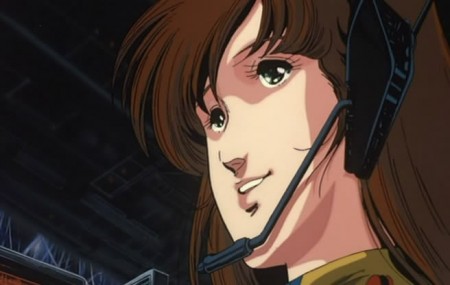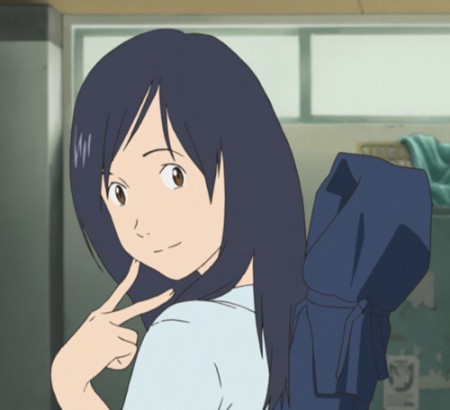Ask John: Why Does Anime Use So Much Shading?
Question:
why did anime & manga evolve to have emphasis on shading while Western animation remained flat? Oddly enough traditional Japanese art was flat (no shading), and Western art emphasized photo realism in the past.
Answer:
I’ll begin by admitting that I don’t know enough about the technical evolution of manga and anime to be able to definitively answer this question. I’ve personally never encountered an academic explanation for exactly why the color aesthetic of anime developed the way that it has, so I can only speculate. My best guess is that the extensive use of shadows and shades of light evident on characters has evolved as a natural result of the increasing sophistication of Japanese manga. Traditional, ancient Japanese sumi-e painting relied on heavy and light brush strokes to give emphasis and depth to two-dimensional imagery. The earliest Japanese manga may have been inspired and influenced by the imported Western art of political cartoons, but Japanese manga quickly evolved and grew more cinematic. The influence of black & white cinema and the desire to depict more nuance in monochrome two-dimensional imagery, including shifts in emotion and tone, may have necessitated new techniques and a greater range of illustration, resulting in the manipulation of light and shadow in illustration.
The emerging tradition of emphasizing art design and manipulation of light within manga frames extended over into animation. Especially in literally darker television series such as Shounen Ninja Kaze no Fujimaru, Boken Gaboten Jima, and Ogon Bat shades of light and color were vital to evoke a sense of realism and add stylistic atmosphere. As anime increasingly embraced color, varying shades of light and darkness allowed for more dynamic visual flair, enabled more storytelling to be conveyed through visual design, and even assisted in differentiating characters in the same way that unusual hair colors helped distinguish characters from each other. The employment of shading has become so relevant and integral to anime because it allows for such intricate and nuanced visual design. Productions like the 1984 Macross: Do You Remember Love motion picture are visually astounding in part due to the extensive use of gradual shades of color to suggest detail.
In fact, color shading has become so synonymous with anime that the contemporary Japanese “superflat” artistic movement and films like Mamoru Hosoda’s Summer Wars that deliberately minimize shading have drawn criticism from otaku who call the designs lacking shading “simplistic” and lacking nuance.



